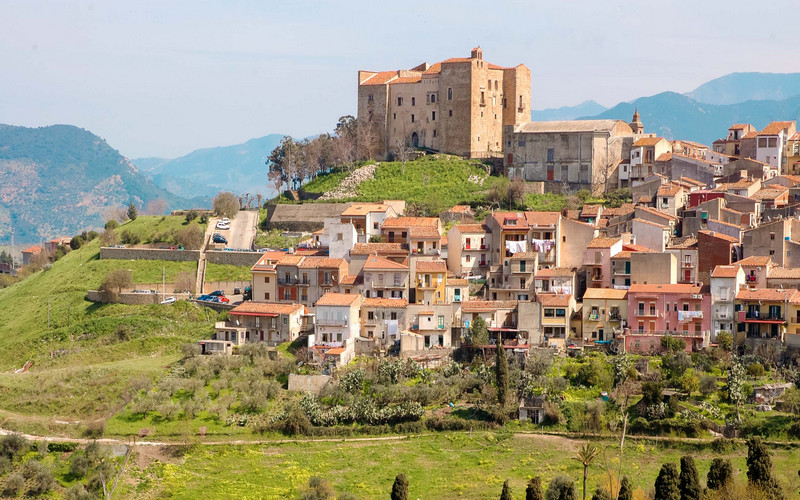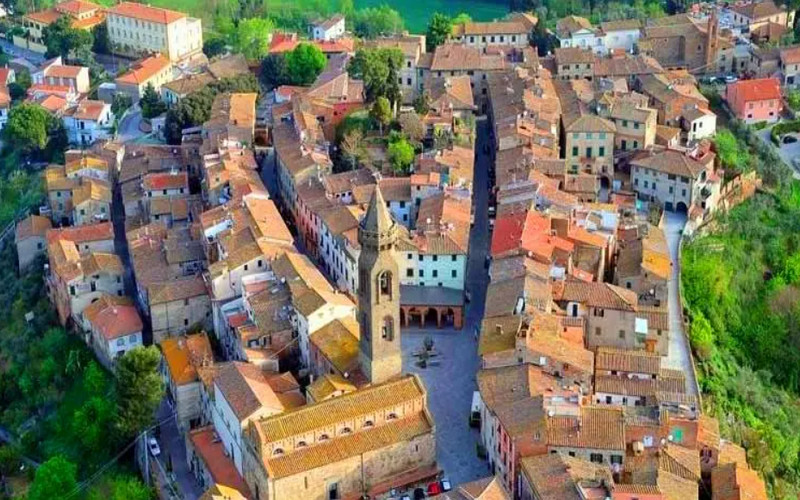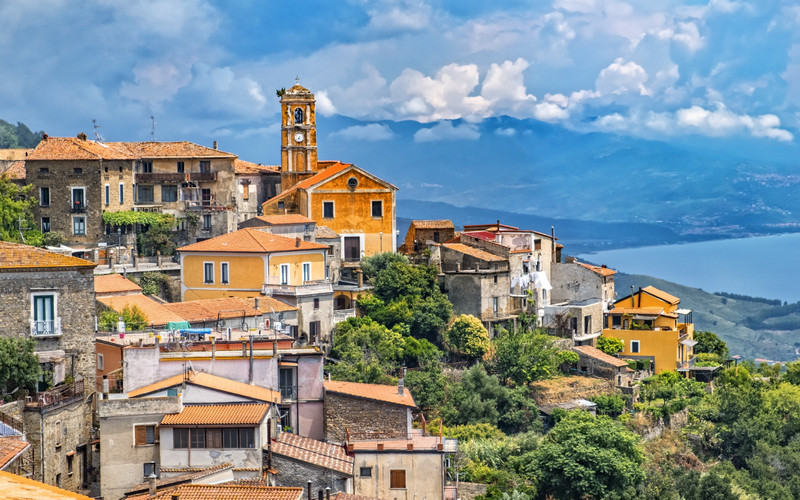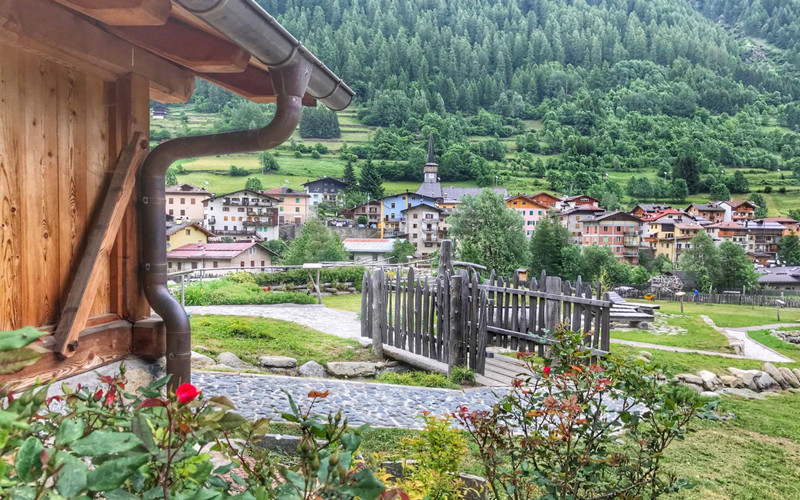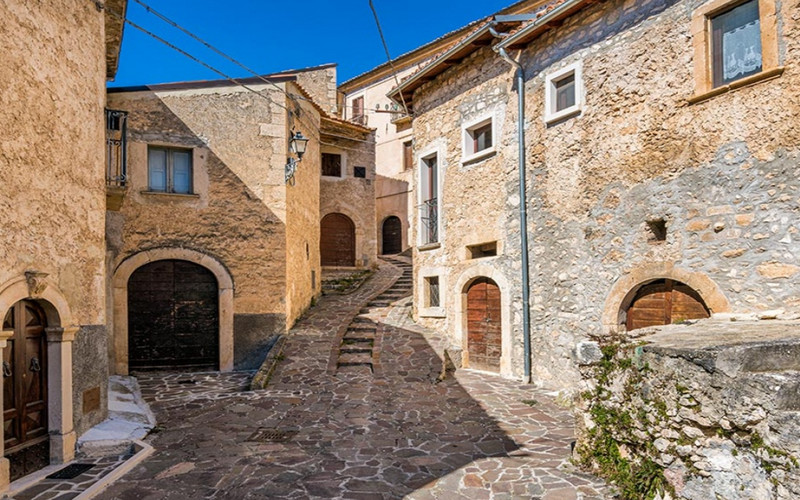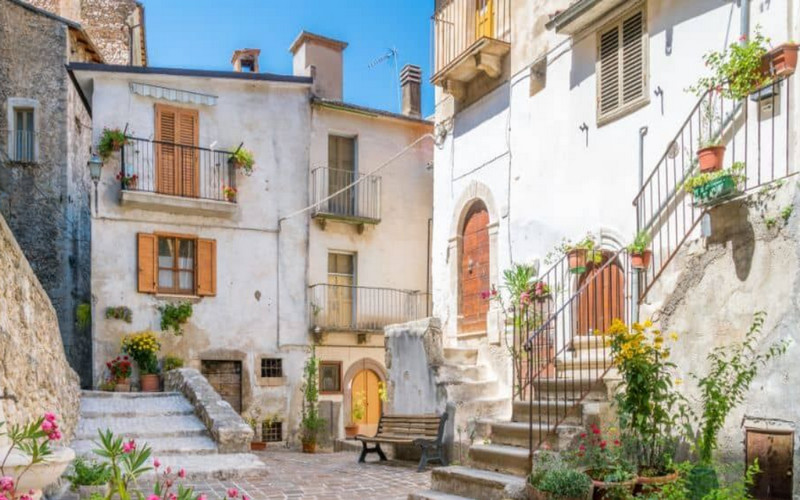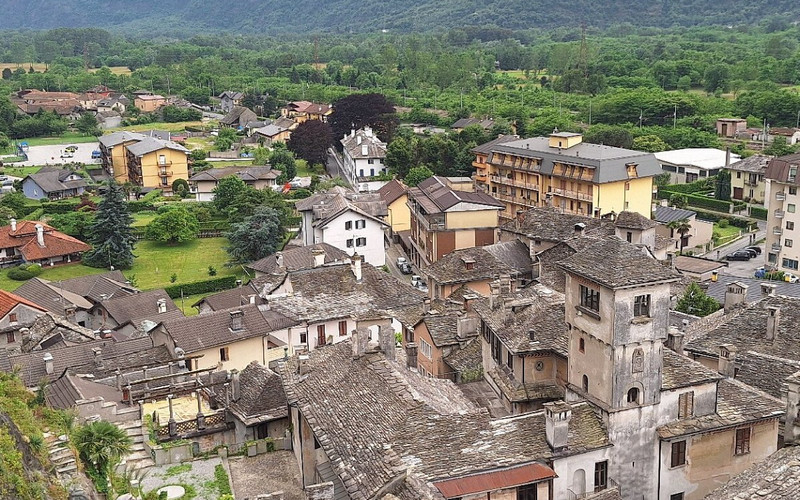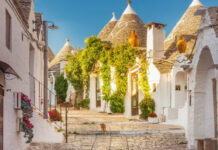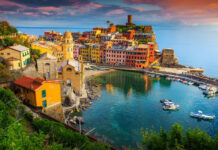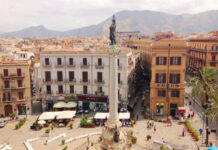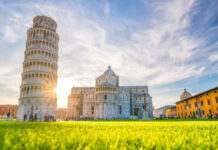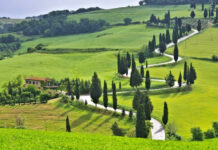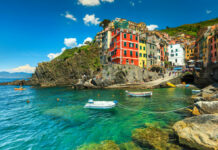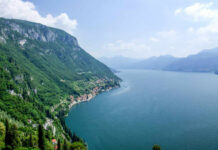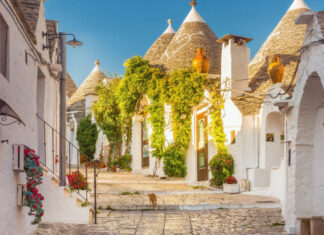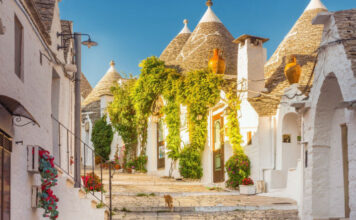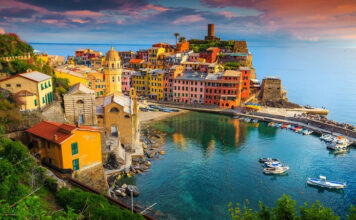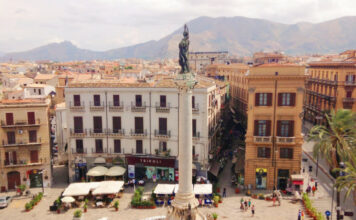Italy has long been admired for its historic cities, picturesque countryside, and mouthwatering cuisine. But beyond the well-trodden tourist paths, a quieter revolution is taking place—a growing number of villages are embracing sustainability, green innovation, and eco-conscious living. These communities are not only preserving their rich heritage but also leading the way in environmental stewardship and regenerative tourism. If you’re looking for authentic Italian charm with a greener footprint, here are 10 eco-friendly villages in Italy that are changing the game.
1. Torcegno – Trentino-Alto Adige
Nestled in the Valsugana Valley, Torcegno is a shining example of sustainable mountain living. This Alpine village has adopted extensive environmental programs, from energy-efficient public lighting to forest conservation and green farming initiatives. Local farms practice organic agriculture, and the village encourages visitors to explore via electric bikes or well-maintained hiking trails.
Why it’s game-changing: Community-wide ecological initiatives that harmonize tourism with nature in the Dolomites.
2. Castelbuono – Sicily
In the heart of Sicily’s Madonie Mountains, Castelbuono has managed to blend medieval character with forward-thinking green policies. The town became famous for its innovative system of organic waste collection—done by donkeys. Beyond quirky charm, the town has invested in renewable energy, slow food practices, and the protection of local biodiversity.
Why it’s game-changing: Sustainable waste solutions, local artisanal economy, and community pride in eco-conscious practices.
3. Peccioli – Tuscany
Often overlooked by travelers in favor of nearby Pisa or Florence, Peccioli is quietly becoming a model for future-ready villages. This medieval hilltop town reinvests waste management revenues into public art and sustainability. Solar panels, green spaces, and smart infrastructure upgrades have made Peccioli a poster child for rural innovation.
Why it’s game-changing: Transforms landfill revenue into funding for art, sustainability, and smart growth.
4. Pollica – Campania
Located in the Cilento National Park, Pollica is deeply rooted in Mediterranean traditions and ecological awareness. The town promotes the Mediterranean diet as both a cultural and environmental heritage. It hosts educational programs in sustainable farming, marine protection, and renewable energy—making it a hub for agri-tourism and “slow” living.
Why it’s game-changing: UNESCO-backed food sustainability model and marine conservation leadership.
5. Val di Rabbi – Trentino-Alto Adige
Val di Rabbi is more than just an Alpine escape—it’s a living model of eco-tourism. Located inside the Stelvio National Park, this village strictly regulates development to preserve natural harmony. Wooden houses use biomass heating, and tourism focuses on wellness, forest bathing, and zero-impact activities.
Why it’s game-changing: A pristine, car-free zone that proves mountain tourism can be regenerative.
6. Navelli – Abruzzo
Famous for its prized saffron and stone architecture, Navelli is also pioneering rural revitalization through green living. Many abandoned houses have been restored using traditional methods and eco-friendly materials. The town supports organic farming, clean energy, and programs to attract remote workers looking for sustainable lifestyles.
Why it’s game-changing: Combines heritage preservation with a green twist to revive a nearly forgotten village.
7. Pettorano sul Gizio – Abruzzo
This lesser-known village within the Monte Genzana Nature Reserve is a model of biodiversity protection. With a growing bear population and rare flora, the area has strict conservation laws and environmental education initiatives. Locals promote agroforestry and wildlife-friendly agriculture, while eco-tourism funds conservation efforts.
Why it’s game-changing: Leading role in wildlife rewilding and eco-tourism in central Italy.
8. Malles Venosta – South Tyrol
Malles made headlines by banning synthetic pesticides through a public referendum, becoming Italy’s first pesticide-free town. The entire community rallied around organic farming, clean water protection, and food sovereignty. Now, the town exports organic apples and grains and serves as a case study in citizen-led sustainability.
Why it’s game-changing: A grassroots-led ban on pesticides that transformed an entire agricultural system.
9. Vogogna – Piedmont
Tucked in the Ossola Valley near Lake Maggiore, Vogogna is a certified member of the Borghi più belli d’Italia and a proud advocate of green policies. With its medieval castle and eco-certified lodgings, the village supports slow tourism and car-free exploration. Renewable energy initiatives and forest preservation efforts are also in place.
Why it’s game-changing: Balances cultural tourism with rigorous environmental protection.
10. Borgo Furore – Amalfi Coast, Campania
Though the Amalfi Coast is known for luxury and traffic, Furore is an exception. This hidden fjord village has become a sanctuary for sustainable tourism. The local government regulates visitor numbers, supports family-run eco-lodges, and hosts educational workshops on climate impact and marine ecology.
Why it’s game-changing: Shows that even in tourist-saturated regions, sustainable tourism is possible with intention and planning.
What These Villages Have in Common
Each of these villages approaches sustainability through different lenses—be it organic farming, clean energy, waste reduction, or wildlife conservation. But what unites them is a shared belief: that progress doesn’t have to come at the cost of nature or culture. They’ve proven that green living is not just a big-city initiative; it’s deeply rooted in local values, traditions, and community spirit.
Why Eco-Friendly Villages Matter
As tourism continues to grow, so does its environmental impact. Eco-villages offer a powerful alternative—one where travelers can reduce their footprint, support local economies, and learn from communities that live in balance with nature. They preserve not only landscapes but also ways of life that risk being lost in an increasingly homogenized world.
Italy is not only a place to see—it’s a place to learn from. These ten villages are showing the world that sustainability doesn’t mean sacrificing comfort, beauty, or tradition. In fact, they’re proving the opposite: that living in harmony with the earth can be the most luxurious experience of all.
So next time you plan a trip to Italy, consider skipping the mega-hotels and crowded city centers. Instead, choose a village that is quietly rewriting the rules—and help build a greener future one stay at a time.

